0 Comments
What is an Early Banjo? An Exploration of an Instrument’s Relationship to Organology and Ethnomusicology It presentation outlines the organological characteristics (how an instrument is made) of early banjos—pre-industrial gourd- and calabash-bodied instruments. It also analyzes whether organology alone can determine if an instrument is a banjo or to what extent we must consider an instrument’s provenance, usage, and cultural context. Using seven images of early banjos and the three confirmed extant instruments, we outline the organological characteristics shared across early banjos, and how those characteristics differ from known African instruments. We also discuss the known cultural context of the banjo, which was created by people of African descent in the Americas and used as accompaniment for ritual dance. Finally, we introduce a newly rediscovered instrument from a collection at the Musée des Confluences in Lyon, a watercolor at the British Museum of an instrument once held at the Leverian Museum, and a watercolor from St. Domingue, and we explore whether by using organological characteristics alone we can conclusively say that these three newly discovered sources can be called early banjos.
You can view more of the presentations from AMIS here. This is part of Banya Obbligato, a series of blog posts relating to my book Well of Souls: Uncovering the Banjo’s Hidden History. While integrally related to Well of Souls, these posts are editorially and financially separate from the book (i.e., I’m researching, writing, and editing them myself and no one is paying me for it). So, if you want to financially support the blog or my writing and research you can do so here.
When is a calabash not a calabash? It sounds like the beginning to a botanist joke, one that I’m not sure I could find the right pun for. It is also the title of a paper by anthropolgist Sally Price, where she explores the implications of conflating calabashes and gourds on African American and Indian American art and culture. And the answer to the question actually seems to be all the time. I’ve heard calabashes called treegourds and gourds called calabash gourds. Price has an excellent table of the differences between the two fruits, but most simply put, a gourd is Lagenaria siceraria and the fruit of a vine. A calabash is Crescentia cujete, and the fruit of a tree. They are not only totally different plants, they diverge at the taxonomic classification of angiosperm, or flower plant (meaning they have a different order and family). Why does this matter?
[This was originally presented at the American Folklore Society Annual Meeting in 2019 in conjunction with what I wrote about Het Koto Museum in Suriname. Mr. Francis died in 2020 and the original museum building was damaged by Hurricane Ida, but they gained a new home in July 2022. However, I’ve kept the piece in present tense as I wrote it at the time.]
But as I flipped through the book, I was keeping an eye out for photos and descriptions of music, dance, instruments, and religion.
New York, 1952 The smell of books lingered in the air as card catalog drawers clinked closed and creaked open. Dena Epstein walked through the golden light bouncing off the stone walls. She might have felt at home in any library, even if she had never been there before. On this day in 1952, she found herself in the New York Public Library, a monument to curiosity and learning in the heart of Manhattan. Dena had studied music and library science, and had worked as a music librarian. At thirty-six years old, her career as a librarian was temporarily on hold as her husband worked a government job and she took care of their children. Not working in a library didn’t seem to suit Dena, though. She wanted to engage her mind, she wanted to have interesting things to think about. Unanswered research questions nagged her. One of those questions made her come to the library from her home in New Jersey.
|
Come in, the stacks are open.Away from prying eyes, damaging light, and pilfering hands, the most special collections are kept in closed stacks. You need an appointment to view the objects, letters, and books that open a door to the past. Archives
April 2023
Categories
All
|
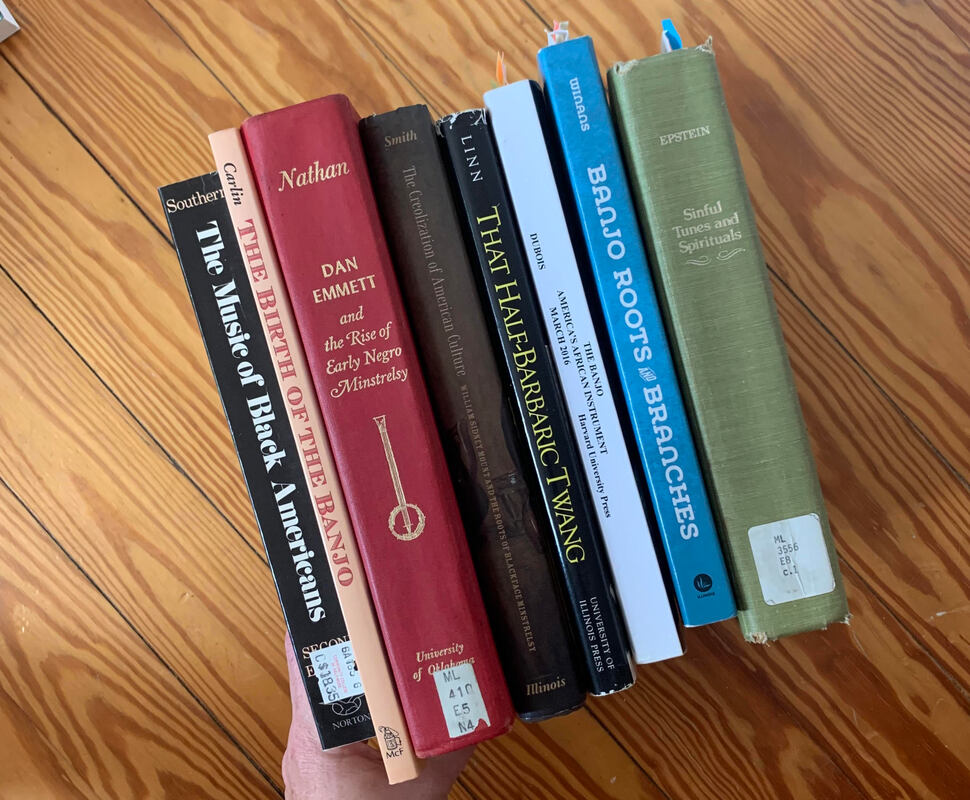
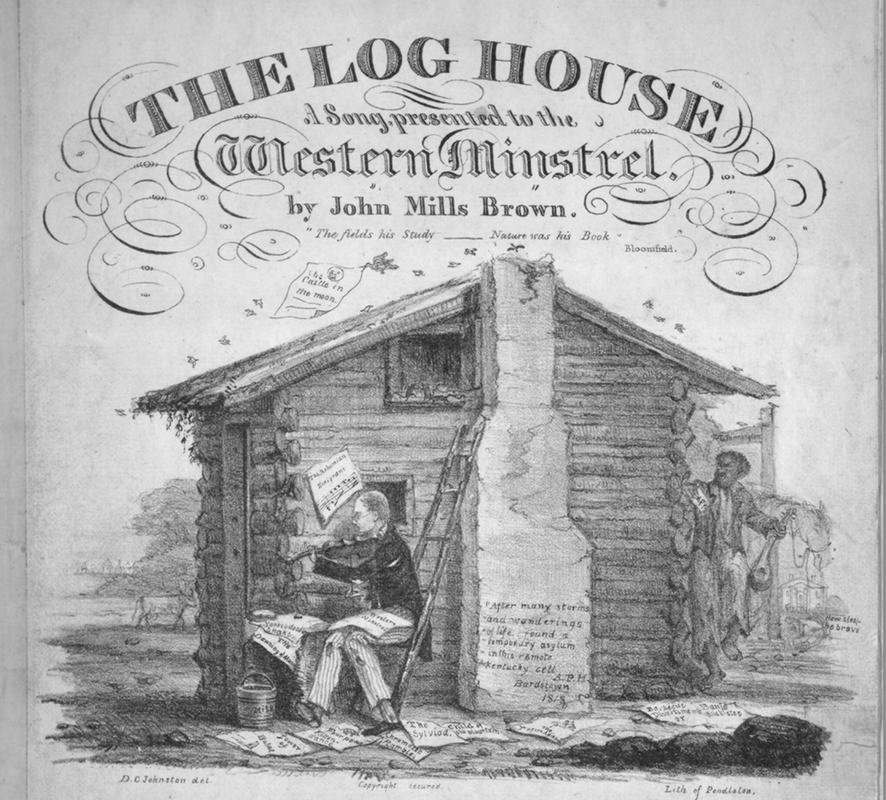
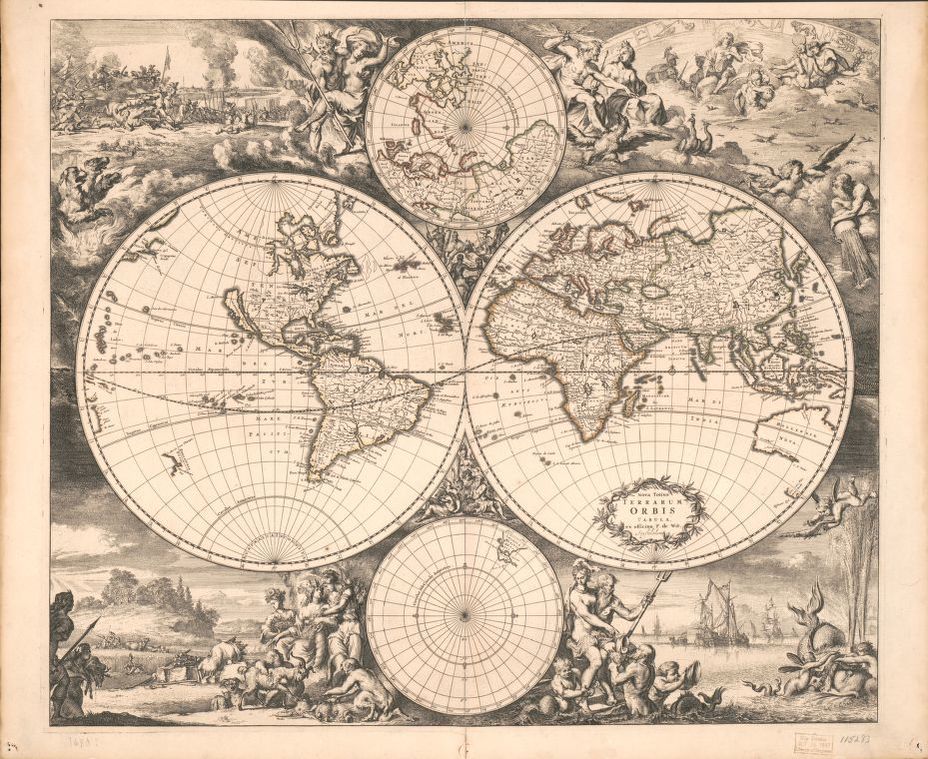
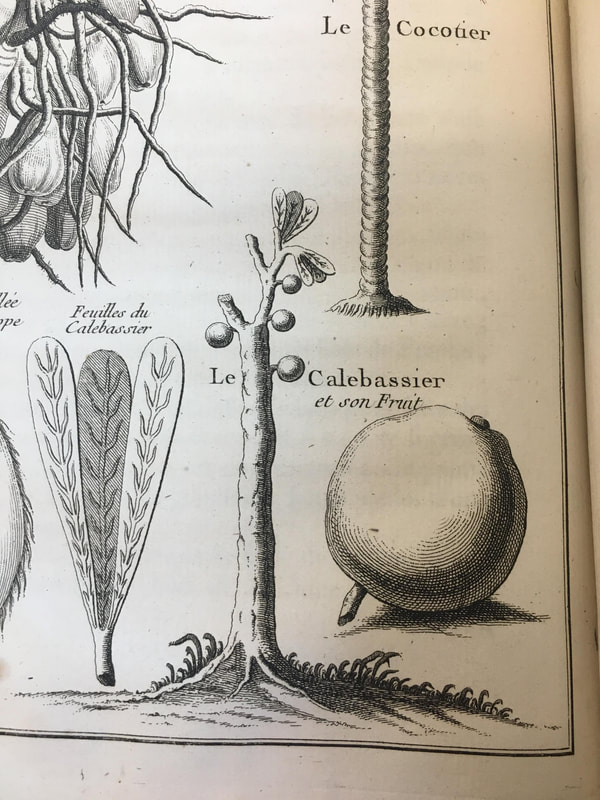
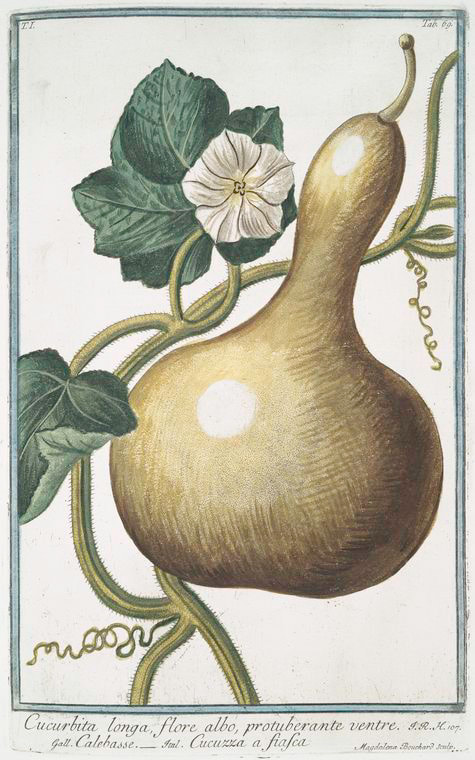
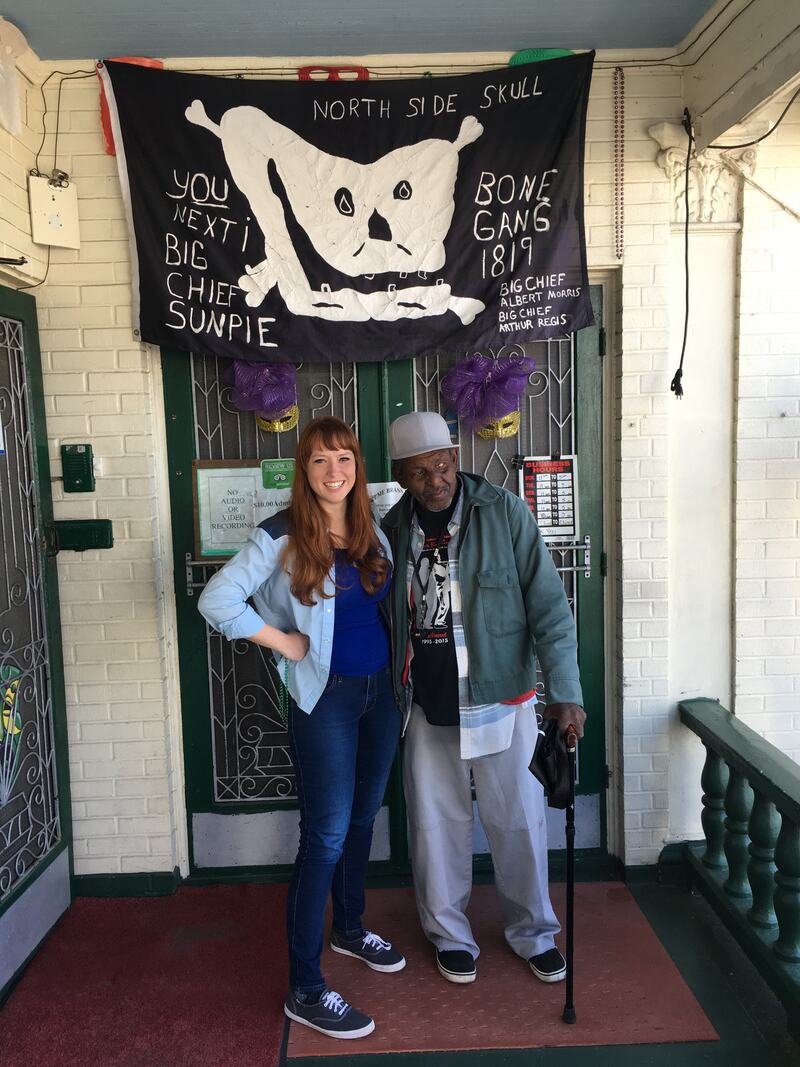
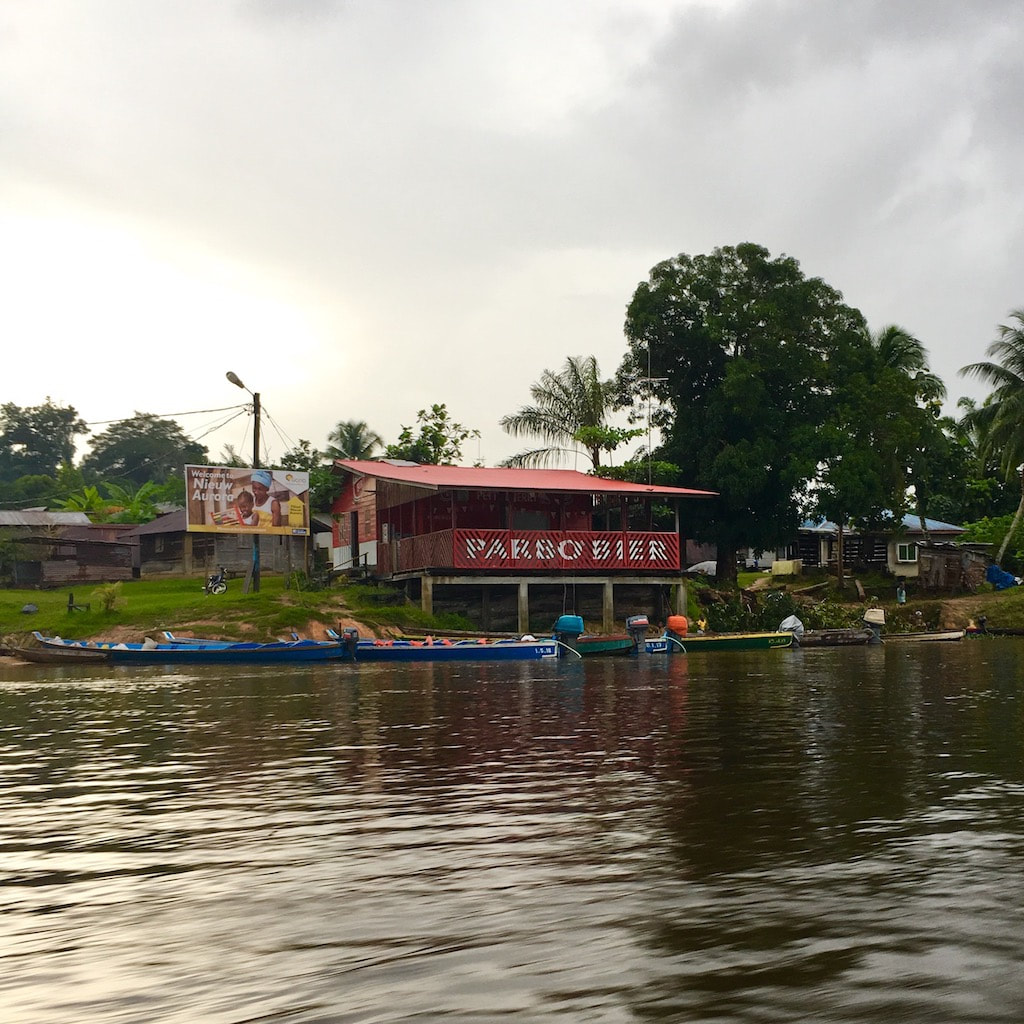
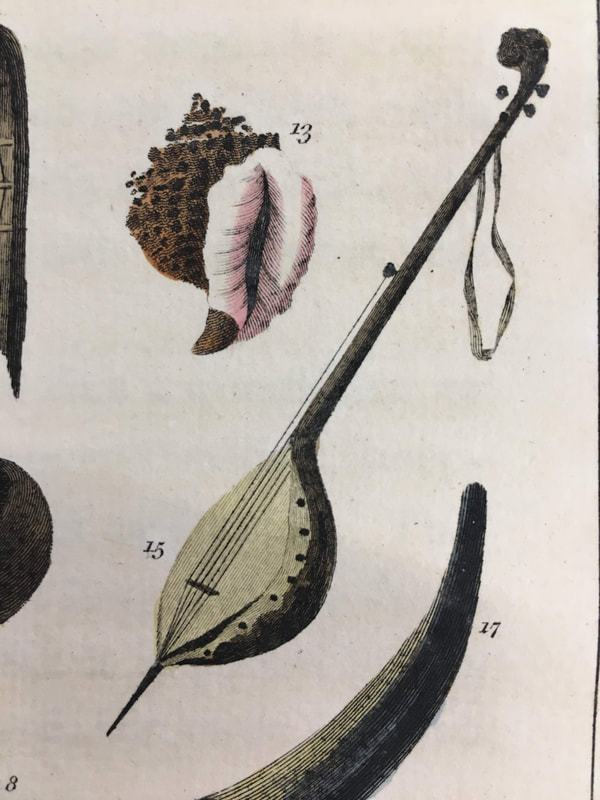
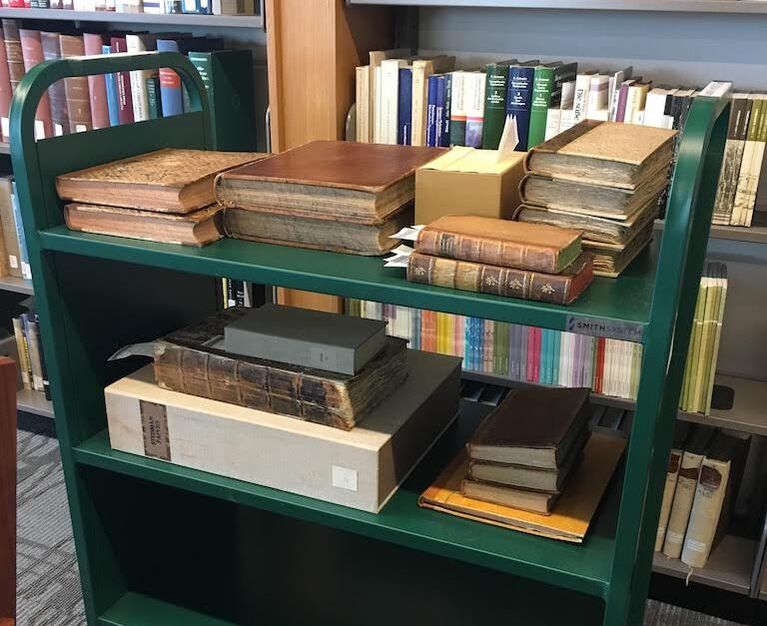
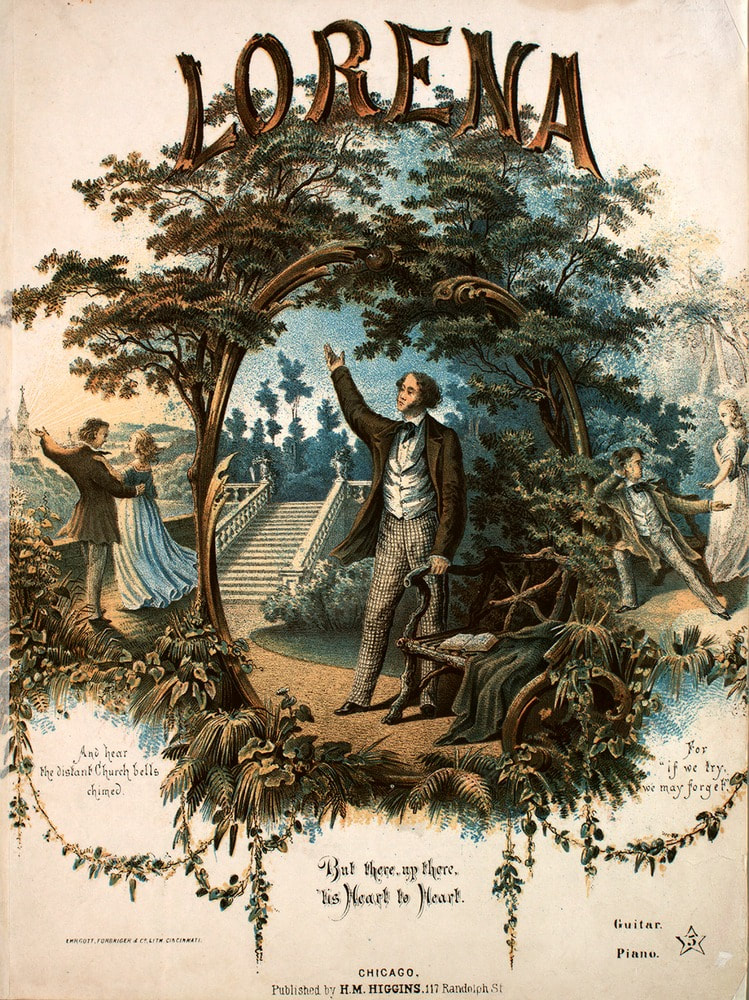
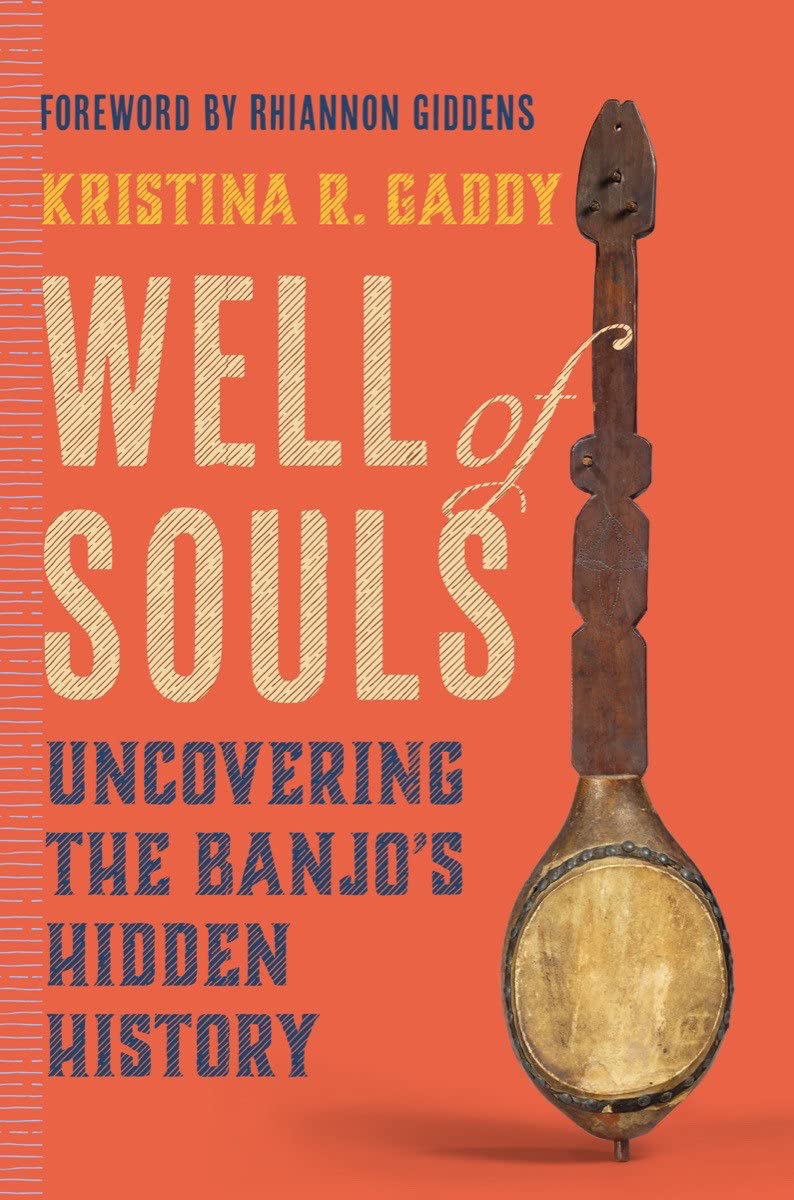

 RSS Feed
RSS Feed